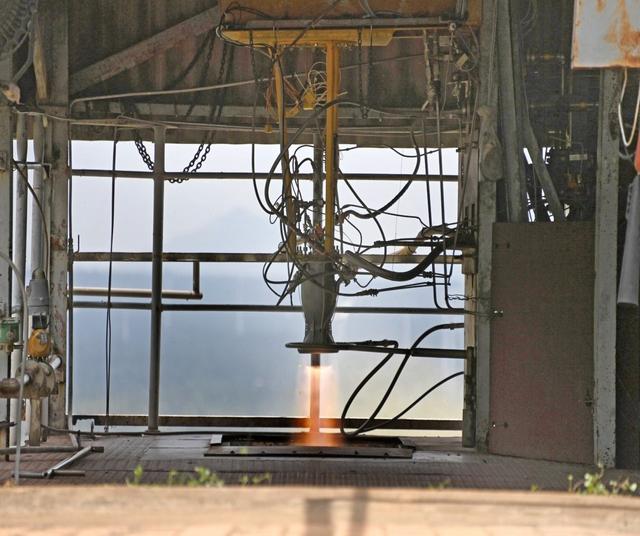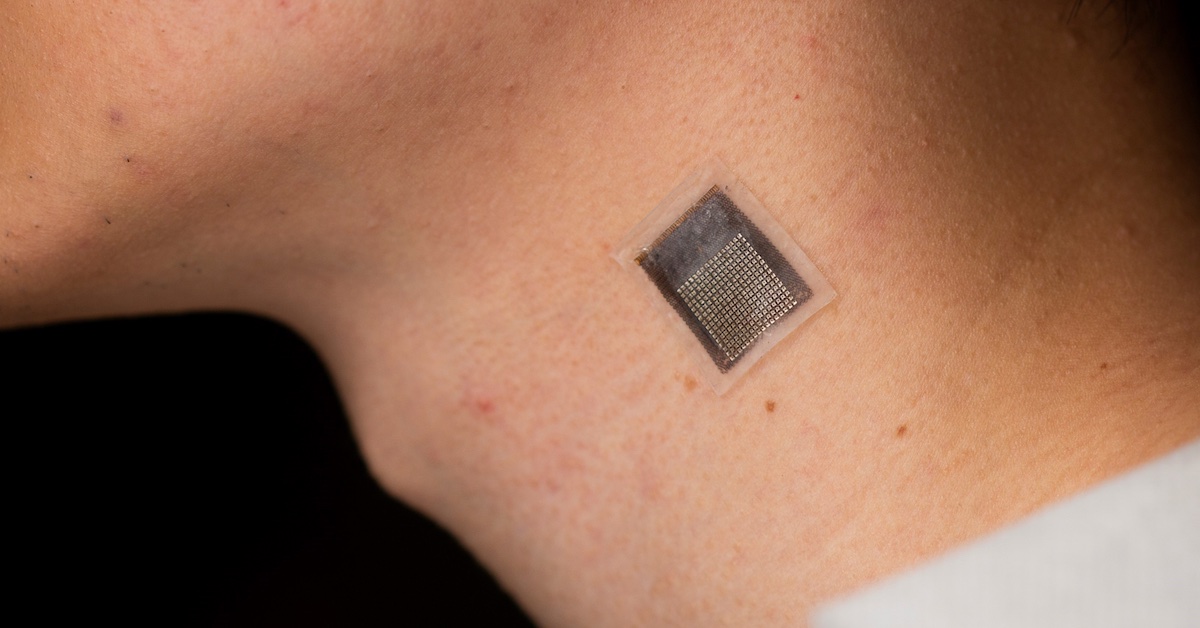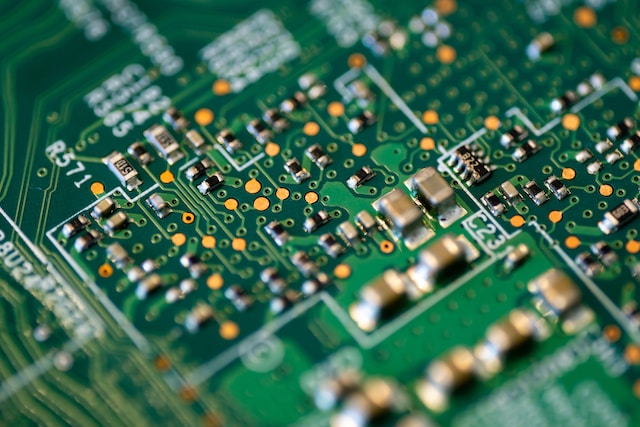Unveiling the Future of Rocketry with Additive Manufacturing
The Indian Space Research Organisation (ISRO) achieved a significant milestone on May 9th with the successful hot testing of a 3D-printed liquid rocket engine. This marks a major advancement in India’s space program, leveraging cutting-edge additive manufacturing technology.
The tested engine, known as the PS4, is designed for the upper stage of ISRO’s workhorse Polar Satellite Launch Vehicle (PSLV). ISRO re-designed the PS4 engine specifically for 3D printing, a process also known as Additive Manufacturing (AM).
Comparison: Conventional vs. Additive Manufacturing of PS4 Engine
The PS4 engine, crucial for PSLV missions, traditionally made via machining and welding, got a makeover through additive manufacturing by LPSC. This switch reduced parts from 14 to 1, cut 19 weld joints, and dropped raw material usage significantly. Laser Powder Bed Fusion was key, using only 13.7 kg of metal powder versus 565 kg in conventional methods. Production time also shrunk by about 60%. Manufactured by WIPRO 3D, the engine underwent hot testing at ISRO’s Mahendragiri complex.
This innovative approach has yielded several benefits:
- Simplified Design: The number of parts in the engine has been dramatically reduced from 14 to a single, 3D-printed component.
- Material Efficiency: This new design eliminates the need for 19 weld joints, leading to a significant reduction in raw material waste. ISRO reports a 97% savings in materials used.
- Faster Production: 3D printing the engine streamlines the manufacturing process, cutting production time by an impressive 60%.
This successful test paves the way for further integration of 3D printing in ISRO’s rocket development. The technology holds the potential to revolutionize spacecraft design and production, leading to more efficient and cost-effective space missions.






